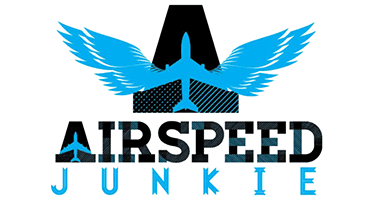Top Aircraft in the Navy: The Best of Naval Aviation Today
Last updated: January 7, 2026
The U.S. Navy uses diverse aircraft to control naval operations. Combat jets, patrol planes, and support craft each have crucial roles. This article examines top aircraft in the navy, showing how each type ensures naval dominance. Read on to learn about these vital machines.
Key Takeaways
-
Combat aircraft like the F/A-18 Super Hornet, F-35C Lightning II, and EA-18G Growler are crucial for the U.S. Navy, enabling a wide range of missions from air-to-air combat to electronic warfare.
-
Airborne Early Warning and Control (AEW&C) aircraft, such as the E-2D Hawkeye and E-6B Mercury, enhance situational awareness and command capabilities for naval operations.
-
Maritime patrol aircraft like the P-8A Poseidon and EP-3E Aries II play essential roles in maritime security through reconnaissance, surveillance, and intelligence gathering.
The Backbone of Naval Aviation: Combat Aircraft
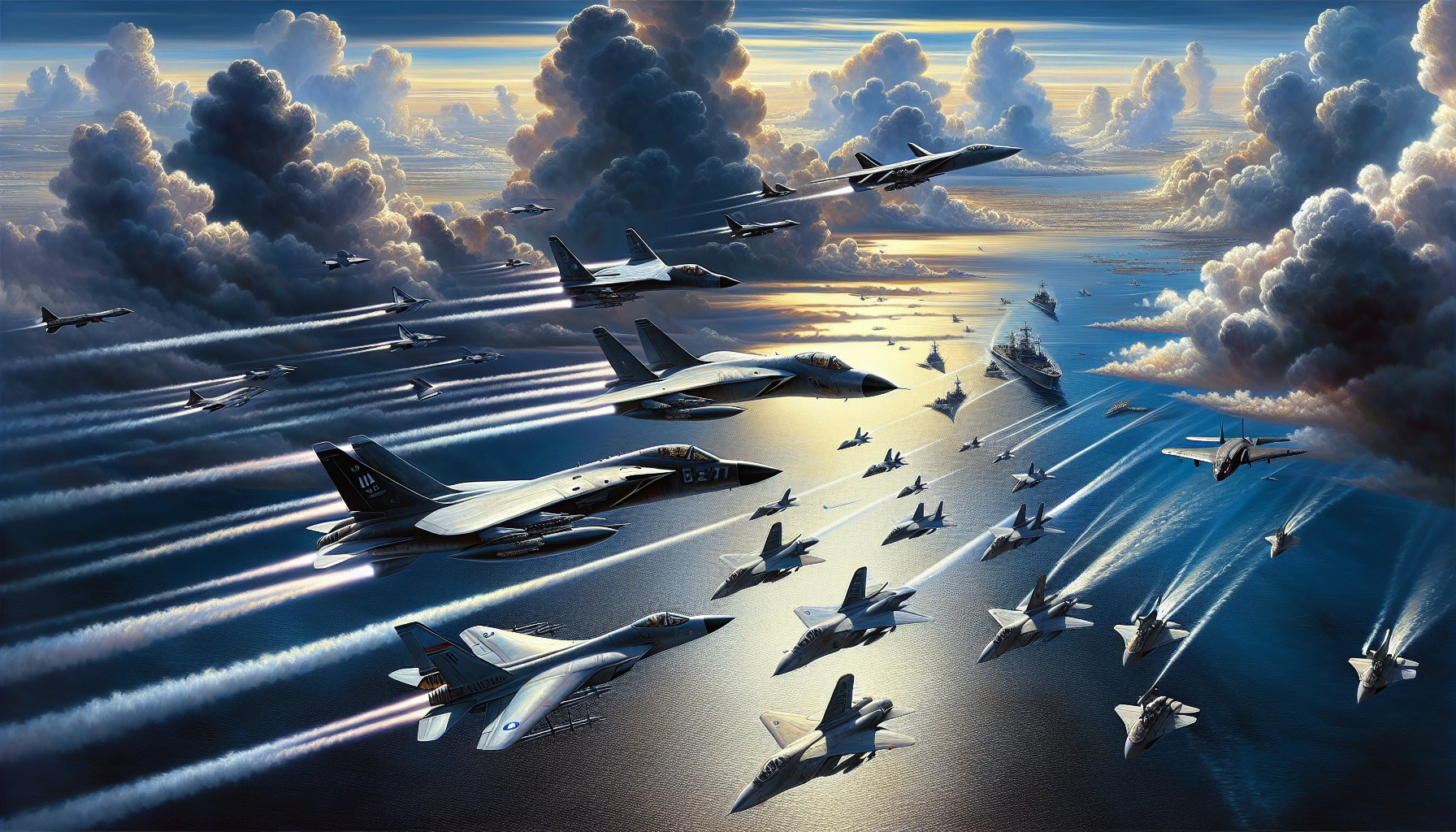
Combat aircraft are the heart and soul of naval aviation, providing the U.S. Navy with unparalleled operational superiority at sea. These powerful machines are designed to execute a variety of missions, including air-to-air combat, surface attacks, and anti-submarine warfare. The development of aircraft carriers has further revolutionized naval aviation, allowing these aircraft to operate from the sea, projecting power far beyond the reach of traditional naval vessels.
Naval aircraft are built to endure the rigorous demands of carrier operations, capable of launching from short distances and withstanding sudden stops upon landing. From the versatile F/A-18 Super Hornet to the stealthy F-35C Lightning II, these navy aircraft are equipped to handle diverse combat scenarios, ensuring that the Navy remains a formidable force in modern military conflicts.
Here are some of these remarkable machines in detail.
F/A-18 Super Hornet
The F/A-18 Super Hornet exemplifies the multi-role capability that defines modern naval aircraft. Known for its versatility, the Super Hornet can perform air superiority missions, close air support, reconnaissance, and more. This adaptability makes it an indispensable asset in the Navy’s arsenal, capable of adapting to a wide range of combat scenarios. The aircraft’s ability to carry a variety of air-to-air missiles and precision-guided munitions allows it to engage both aerial and ground threats effectively.
Upgrades to the F/A-18 E/F Super Hornet have enhanced its range, survivability, and carrier suitability, making it a more lethal and reliable platform for naval operations. With its advanced avionics and robust design, the Super Hornet continues to be a cornerstone of naval aviation, providing critical support in both offensive and defensive operations.
F-35C Lightning II
The F-35C Lightning II represents the pinnacle of stealth technology and modern naval aviation capabilities. Equipped with advanced radar-evading technology, the F-35C can operate in highly contested environments, providing the Navy with a strategic edge. Its design emphasizes battlespace awareness and agility, ensuring superior tactical performance and operational effectiveness.
The F-35C’s advanced sensor suite and communication systems greatly enhance the Navy’s strike capabilities, allowing for precision engagements with reduced risk. This aircraft’s stealth and advanced technology make it a formidable adversary in any theater of operations, pushing the boundaries of what naval aviation can achieve.
EA-18G Growler
The EA-18G Growler is a specialized electronic warfare aircraft designed to disrupt enemy radar and communications. Its electronic warfare capabilities are crucial in neutralizing enemy defenses, ensuring the success of naval operations by suppressing threats before they can engage.
Providing jamming and electronic attack support, the Growler is crucial in modern warfare, safeguarding both naval and ground forces from electronic threats.
Eyes in the Sky: Airborne Early Warning and Control (AEW&C) Aircraft
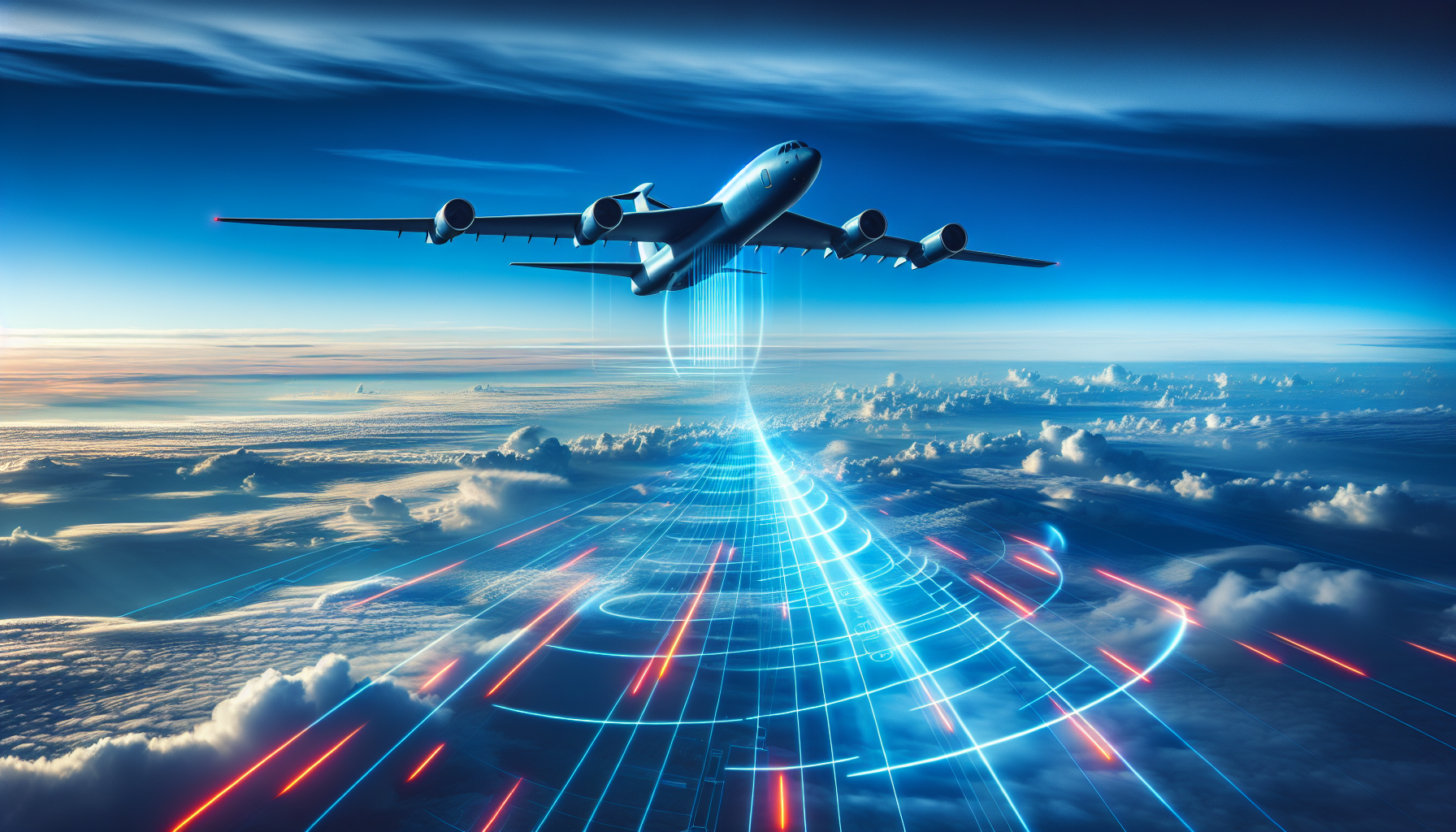
Airborne Early Warning and Control (AEW&C) aircraft are the sentinels of the sky, providing critical situational awareness and command capabilities to naval forces. These aircraft are equipped with advanced sensors and communication systems, enabling them to detect and track multiple threats over vast distances. The integration of these technologies significantly boosts the operational capabilities of the Navy, ensuring that fleet commanders have the information they need to make informed decisions in real-time.
AEW&C aircraft like the E-2D Hawkeye and the E-6B Mercury are indispensable in maintaining control over battle zones. They facilitate long-range searches, track enemy movements, and coordinate complex air operations, making them pivotal in both offensive and defensive missions for the air force.
Here are more details about these remarkable aircraft.
E-2D Hawkeye
The E-2D Hawkeye is the epitome of airborne early warning technology, equipped with the AN/APY-9 radar system that dramatically enhances its detection capabilities. This advanced radar can track multiple air and surface threats simultaneously, providing critical early warning and situational awareness to naval forces. The E-2D’s role in fleet defense is crucial, as it ensures that commanders are aware of potential threats well in advance, allowing for timely and strategic responses.
With a crew of five, including specialized roles for radar operation and combat information management, the E-2D Hawkeye effectively coordinates air operations and keeps friendly forces informed about enemy movements. This coordination is vital for maintaining the tactical advantage in any combat scenario, making the E-2D a cornerstone of naval fleet defense.
E-6B Mercury
The E-6B Mercury plays a critical role in strategic command and control, ensuring robust communications during complex operations. This aircraft is designed to relay orders and maintain connectivity with naval forces, even in the most challenging environments, making it an essential asset for strategic operations. Its ability to sustain long missions allows for uninterrupted command and control, which is crucial during extended operations.
By providing secure and reliable communication links, the E-6B Mercury ensures that naval commanders can coordinate their forces effectively, regardless of the operational context. This capability is vital for maintaining strategic oversight and operational readiness across the fleet.
Guardians of the Seas: Maritime Patrol Aircraft
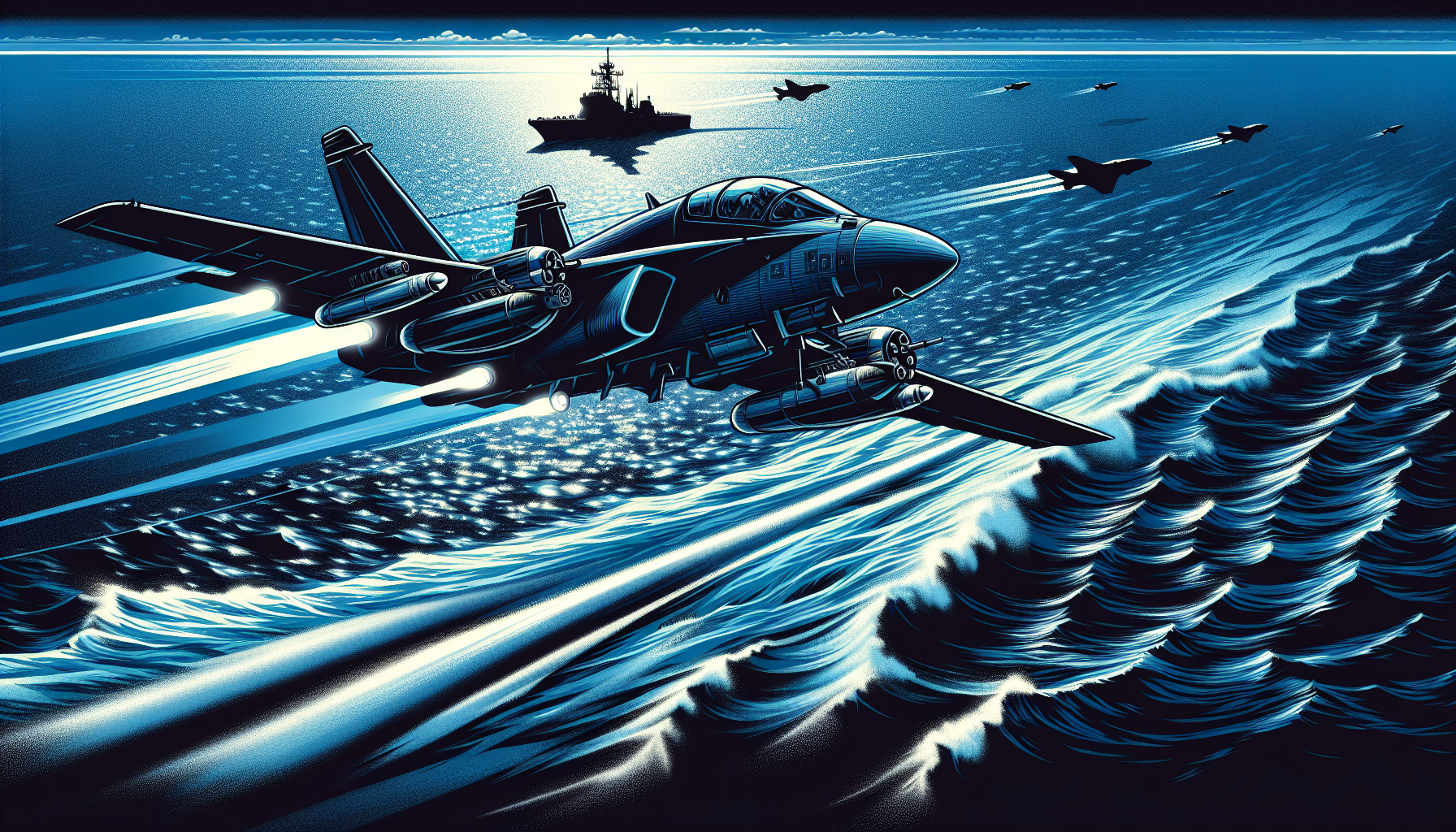
Maritime patrol aircraft are the vigilant guardians of naval fleets, tasked with ensuring the security of the seas. These aircraft conduct a variety of missions, including reconnaissance, search and rescue, and maritime law enforcement, playing a critical role in naval operations. Their ability to detect and engage threats, such as enemy ships and submarines, makes them indispensable for maintaining maritime security.
The P-8A Poseidon and EP-3E Aries II exemplify the capabilities of modern maritime patrol aircraft, providing advanced surveillance and intelligence-gathering functions that enhance the Navy’s operational effectiveness.
Here are the specifics of these aircraft.
P-8A Poseidon
The P-8A Poseidon is a formidable maritime patrol aircraft, designed primarily for anti-submarine and anti-surface warfare. Equipped with advanced sensors and weaponry, the Poseidon can detect and engage submarines and surface vessels, ensuring the protection of naval fleets.
Its capabilities in surveillance and reconnaissance make it a key asset in maintaining maritime domain awareness and security.
EP-3E Aries II
The EP-3E Aries II is a land-based signals intelligence reconnaissance aircraft that played a crucial role in gathering critical intelligence. Its ability to conduct top-secret signals intelligence missions significantly enhances maritime domain awareness. It has been retired.
By collecting and analyzing signals intelligence, the EP-3E provides valuable information that supports naval operations and strategic decision-making.
Logistics and Support: Transport and Multimission Aircraft
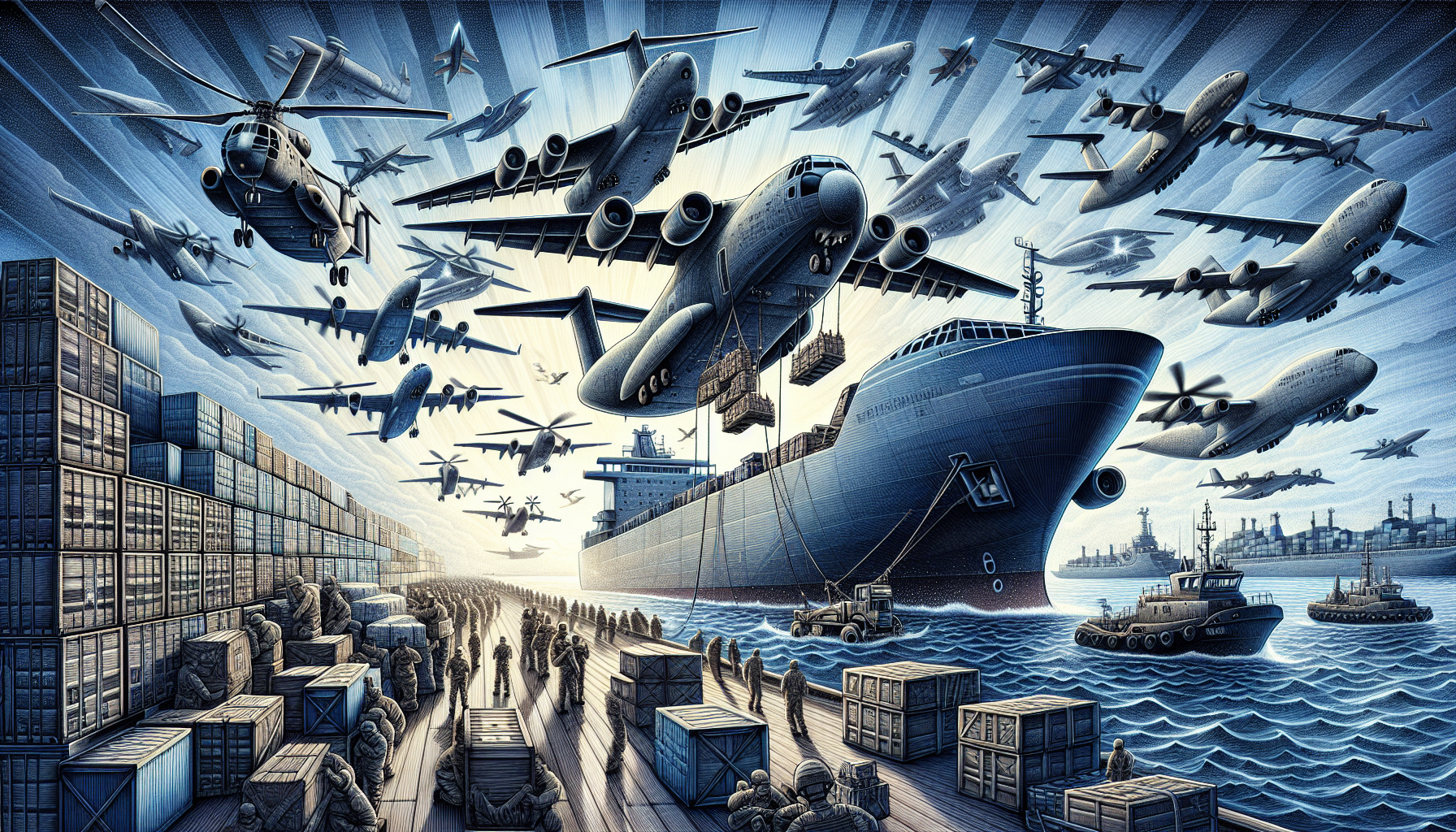
Transport and multimission aircraft are the unsung heroes of naval aviation, providing essential logistical support that enables the Navy to maintain operational readiness. These aircraft are responsible for transporting troops, equipment, and supplies to and from naval ships and bases, ensuring that personnel and materials are where they need to be when they need to be there. Their role in logistical support is vital for the success of naval operations, facilitating the efficient movement of resources.
The C-2A Greyhound and MV-22 Osprey are prime examples of transport and multimission aircraft that play critical roles in the Navy’s logistical framework. Here’s a look at their capabilities and contributions.
C-2A Greyhound
The C-2A Greyhound is specifically designed for carrier onboard delivery missions, capable of transporting cargo and personnel between ships and shore. Its ability to operate efficiently from aircraft carriers makes it an invaluable asset for naval logistics.
The Greyhound’s design allows for rapid transport of critical supplies and personnel, enhancing the Navy’s operational flexibility.
MV-22 Osprey
The MV-22 Osprey combines the vertical takeoff and landing capabilities of a helicopter with the speed and range of a fixed-wing aircraft, providing unmatched versatility in transport missions. Its ability to land in confined spaces and carry out rapid deployment of troops and equipment makes it a critical asset for naval operations.
The Osprey’s unique tiltrotor mechanism allows it to perform a wide range of missions, from assault support to logistical transport.
Training the Future: Trainer Aircraft
Training the next generation of naval aviators is a vital component of maintaining naval aviation excellence. Trainer aircraft are specifically designed to prepare pilots for the demanding environments they will face in their operational roles. These aircraft provide the necessary training to ensure that pilots can handle the complexities of modern naval aviation, from basic flying skills to advanced combat maneuvers.
The T-6B Texan II and T-45 Goshawk are two of the primary trainer aircraft used by the Navy to train future pilots. These aircraft are equipped with the latest training technologies, providing a realistic and effective training environment.
T-6B Texan II
The T-6B Texan II is an advanced trainer aircraft that prepares pilots for a variety of military aircraft. Its state-of-the-art avionics and training systems provide a comprehensive training experience, ensuring that pilots are well-prepared for their future roles in the Navy.
The T-6B plays a crucial role in the initial stages of pilot training, laying the foundation for more advanced training programs.
T-45 Goshawk
The T-45 Goshawk is used to train Navy and Marine Corps pilots specifically for carrier operations. Its design and capabilities provide a realistic training environment for carrier landings and takeoffs, which are some of the most challenging aspects of naval aviation.
The Goshawk ensures that pilots are proficient in the skills required for successful carrier operations, making it an essential component of naval aviator training.
Historical Icons: Legacy Aircraft of the Navy
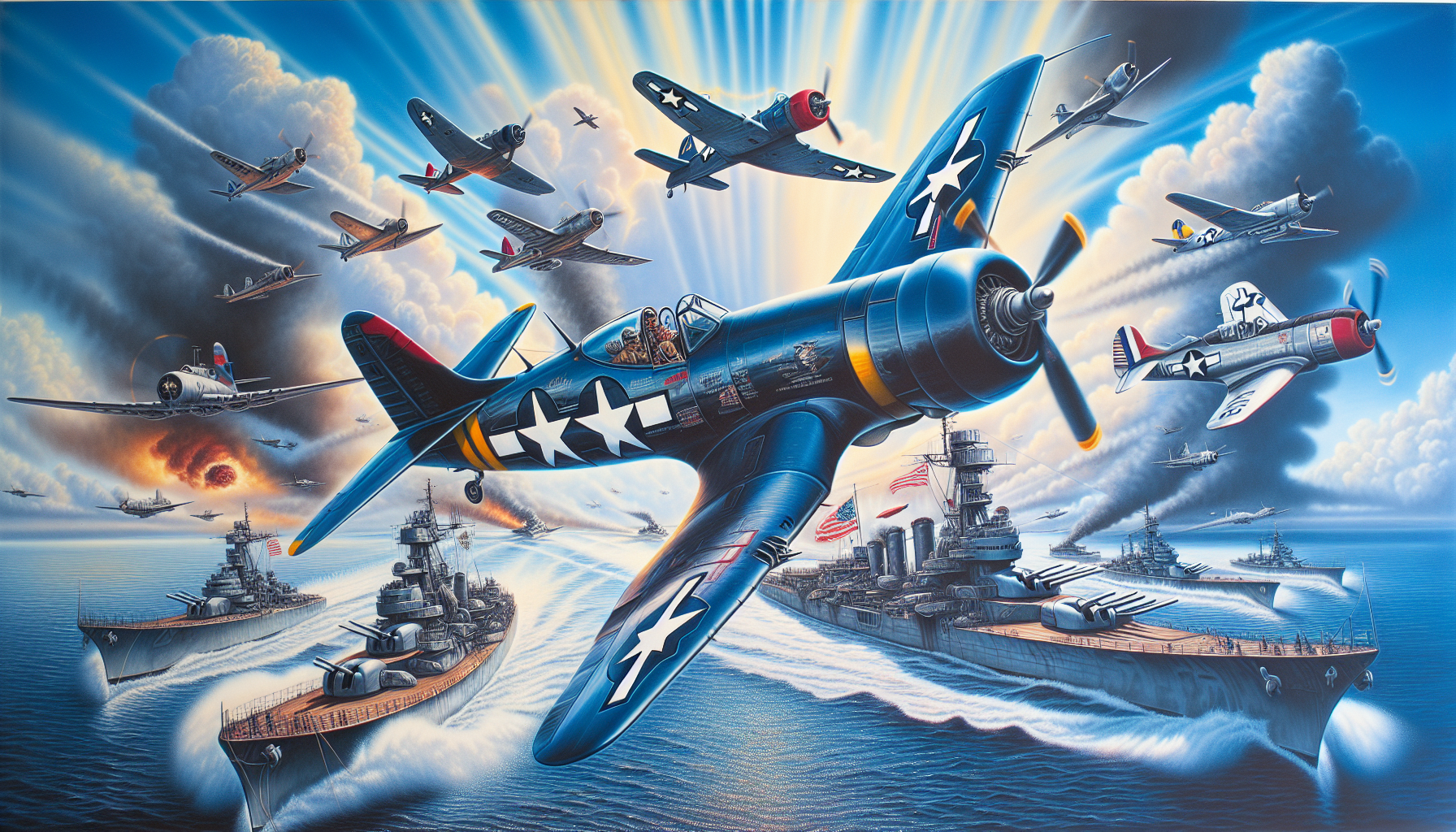
The legacy of naval aviation is rich with iconic aircraft that have shaped the course of history. During World War II, the U.S. Navy relied heavily on advanced aircraft, significantly contributing to their successes in battles. These historical aircraft not only played pivotal roles in past conflicts but also laid the groundwork for the technological advancements we see in modern naval aviation.
The F4U Corsair and F6F Hellcat are two of the most iconic aircraft from this era, known for their exceptional performance and combat effectiveness. Exploring their history provides valuable insights into the evolution of naval aviation.
F4U Corsair
The F4U Corsair, introduced in 1942, became one of the most iconic fighter aircraft of World War II. Known for its distinctive gull-wing design, the Corsair was highly maneuverable and capable of reaching altitudes of up to 41,500 feet. Its armament included either six .50 cal M2 machine guns or four 20 mm cannons, making it a formidable opponent in aerial combat.
The Corsair saw extensive action during World War II and the Korean War, earning a reputation for its ruggedness and combat effectiveness. Its contributions to air combat strategies have had a lasting impact on naval aviation, influencing the design and development of future fighter aircraft.
F6F Hellcat
Introduced in 1943, the F6F Hellcat quickly earned the nickname “Aluminum Tank” due to its robustness and effective performance in combat. With a wingspan of 42 feet 10 inches, a service ceiling of 37,300 feet, and a maximum speed of 391 mph, the Hellcat was a formidable presence in the skies. Its armament included six .50 cal M2 machine guns and the capability to carry up to 4,000 pounds of bombs, making it a versatile and deadly fighter-bomber.
The Hellcat achieved an impressive kill-to-loss ratio during World War II, cementing its legacy as one of the most effective fighter aircraft of the era. Its contributions were vital in securing air superiority for the U.S. Navy, influencing the development of modern naval aviation tactics and strategies.
Summary
Naval aviation remains a cornerstone of the U.S. Navy’s strategic capabilities, with a diverse array of aircraft ensuring operational superiority across various missions. From the multi-role F/A-18 Super Hornet and the stealthy F-35C Lightning II to the electronic warfare capabilities of the EA-18G Growler, these aircraft represent the cutting edge of military technology. AEW&C aircraft like the E-2D Hawkeye and E-6B Mercury provide critical situational awareness and communication support, while maritime patrol aircraft like the P-8A Poseidon and EP-3E Aries II safeguard the seas.
Transport and multimission aircraft, such as the C-2A Greyhound and MV-22 Osprey, ensure logistical efficiency, while trainer aircraft like the T-6B Texan II and T-45 Goshawk prepare the next generation of naval aviators. Reflecting on historical icons like the F4U Corsair and F6F Hellcat, we see how past innovations continue to influence modern naval aviation. Together, these elements form a comprehensive and formidable naval aviation force, ready to meet the challenges of today’s complex security environment.
Frequently Asked Questions
What are the primary roles of combat aircraft in the Navy?
Combat aircraft in the Navy primarily engage in air-to-air combat, conduct surface attacks, perform anti-submarine warfare, and carry out reconnaissance missions. Each of these roles is vital for maintaining maritime dominance and operational effectiveness.
How does the F-35C Lightning II enhance naval aviation capabilities?
The F-35C Lightning II significantly enhances naval aviation capabilities through its advanced stealth, superior tactical performance, and enhanced sensor systems, enabling precision and effectiveness in engagements.
What is the significance of the E-2D Hawkeye in naval operations?
The E-2D Hawkeye is vital for naval operations as it delivers advanced early warning and situational awareness, which greatly improves fleet defense and operational coordination. Its capabilities ensure that naval forces can respond effectively to threats.
How do maritime patrol aircraft like the P-8A Poseidon contribute to naval security?
Maritime patrol aircraft like the P-8A Poseidon significantly enhance naval security through advanced surveillance and reconnaissance, enabling effective anti-submarine and anti-surface warfare operations to safeguard naval fleets.
Why are trainer aircraft essential in naval aviation?
Trainer aircraft are crucial in naval aviation as they equip pilots with the necessary skills to manage the complexities of modern operations, ensuring proficiency in flying and combat maneuvers.
